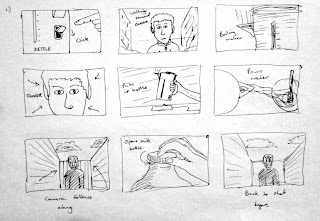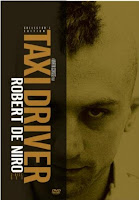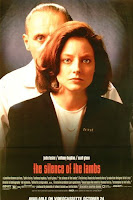Kettle
 As the man is making a cup of coffee, we thought it would be interesting and somewhat necessary to include a kettle within the scene. As we are going to be shooting in Oliver's dad's kitchen, a kettle will not be hard to come by.
As the man is making a cup of coffee, we thought it would be interesting and somewhat necessary to include a kettle within the scene. As we are going to be shooting in Oliver's dad's kitchen, a kettle will not be hard to come by. But the main reason the kettle is an important prop is because of the opening shot, of Man 2 flicking the switch on the kettle to boil the water - when the switch is flicked a red light comes on. The significance of red is danger and I used this very consciously.
The colour of the mug we will use has been thought out carefully. Because the opening sequence presents a character so deeply cut off from humanity that he could kill a man and then calmly make a cup of coffee, we have chosen a blue mug because it represents the cold-hearted nature of the character.
Gun
The people who completed my questionaire thought that a gun would be the most perfect and classic prop to be used within a thriller. Also the shot at the end, which starts on the gun and ends with the shot of the dead character of Man 1, demonstrates to the audience that the man has been killed by Man 1.
Originally, I had intended to use a BB gun with a silencer, to imply that he could murder someone in his own house and not have people hear the loud gunshot. However, we discovered that we could not find this prop, so settled on the fact that the film is clearly shot in a suburban area, so a loud gunshot could be mistaken for a car backfiring etc.
Credits
The background on which the title of the thriller will be superimposed on has an interesting story. Oliver's father is a teaching assistant and he deals with children who have psychological problems. When he assigned a student in Year 4 to write a short story, he repeatedly wrote the word 'dead' on 3 sides of paper. I thought this was very disturbing.
I think this would be interesting to include in our thriller as it would show the psychotic nature of the character of Man 2. It also reminded me of a scene within the Horror/Thriller classic 'The Shining' (1980), where the character who we think has been writing a novel, has actually in fact been writing one phrase repeatedly over hundreds of sheets of paper.
Scene from 'The Shining' (1980): http://www.youtube.com/watch?v=oOBbJw0MLvk
Other props
We will need some milk, as the character is shown poring some into his coffee. This will not be hard to come by as we will be shooting in a kitchen. We also need a teaspoon and some coffee, and again this should not be hard to acquire.














